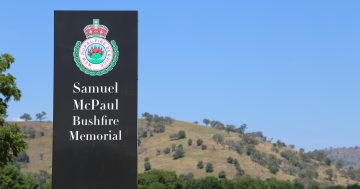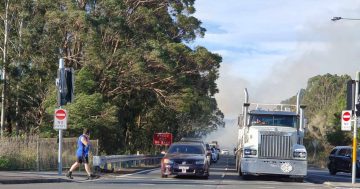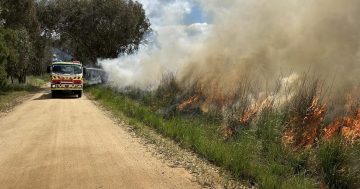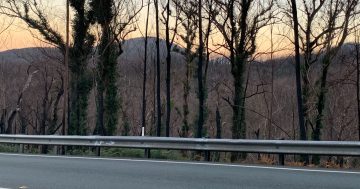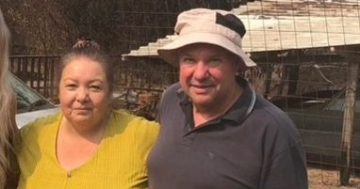
There were more than 38,000 insurance claims from the Black Summer bushfires across Australia, with estimated losses of $2.32 billion. NSW accounted for 81 per cent, or $1.88 billion of these losses. Photo: Lisa Herbert.
The NSW Rural Fire Service grappled with “systemic issues of public importance” during the Black Summer bushfires that ravaged the state in 2019-20.
Those issues included fire prediction warnings, assessment and investigation, communication, risk evaluation, back-burning practices and even vehicle design.
NSW Coroner Teresa O’Sullivan has handed down her findings following an inquiry into the bushfires that heard from 190 witnesses in almost 80 days of evidence over two years, and scrutinised 44,000 pages of evidence.
The State Coroner made 28 recommendations to NSW police and emergency services, with 23 of those made directly to the RFS.

Countless residents fled to South Coast beaches during the Black Summer bushfires. Photo: Infant and Young Children in Bushfire Emergencies Project.
Describing the tragedy as causing a “remarkable loss of life” that killed 25 people, including seven firefighters, Ms O’Sullivan said the lengthy bushfire season was “without doubt one of the most catastrophic on record. It was unprecedented on scale and intensity”.
“In addition to these deaths, over 5.52 million hectares of land were burnt, the largest recorded area of land burnt by bushfires in the state’s history,” said Ms O’Sullivan. “Against this background, it is remarkable the loss of life was not higher.”
Noting that it wasn’t the purpose of her inquiry to lay blame, the coroner acknowledged the courage and heroic efforts of firefighters and residents during the bushfires.
Of the 110 fires reported to the coroner, she held 41 fire inquiries (covering 46 fires) and inquests into each of the 25 deaths before handing down her recommendations.
Beginning with the role of aviation services in bushfire management, the NSW RFS Commissioner has been asked to ensure tasking decisions for air tankers are made at a state level and for the NSW RFS to develop a flight risk assessment tool.
The inquiry asks they identify further guidance on what constitutes “forecast adverse weather, poor visibility, turbulence”, such that an initial attack certified pilot requires a birddog and/or air attack supervisor.
Along with this it recommends amending their operational management procedure so that when a pilot rejects a task, they are required to communicate why to the State Air Desk so other aircraft tasked to that region are properly informed.
The Commissioner has been asked to develop policies and procedures to ensure pilots are provided with information articulating the known dangers, assets, targets and contacts in a region.
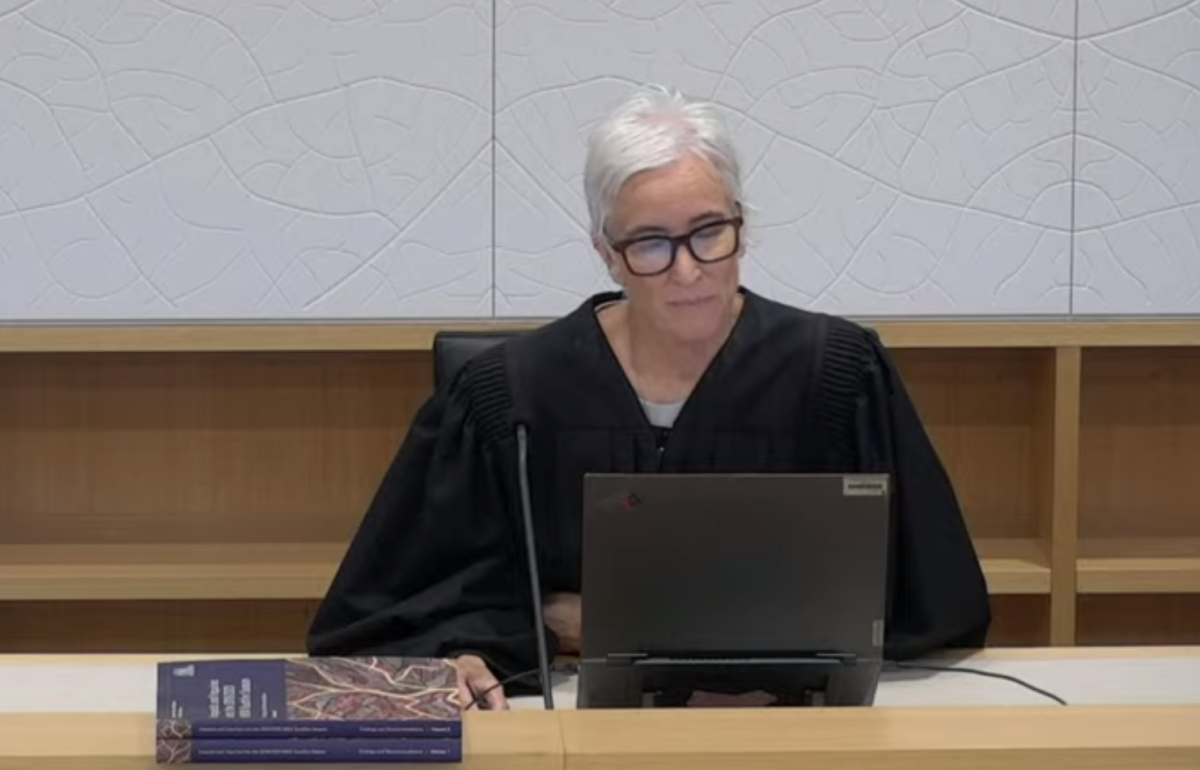
Ms O’Sullivan said although work was already being undertaken, more was needed in light of the ongoing and intensifying climate risks: “The need to adapt to climate change cannot be understated. This is a global responsibility.” Photo: Screenshot.
The coroner recommended that on days of heightened fire activity across the state, resources be made available so that the State Air Desk could assign duty and aviation officers to specific regions (e.g. Central-Metro, Southern, Northern, Western), and for the RFS to conduct training simulations for officers of potential situations where aerial firefighting aircraft would need to be dispatched.
With regard to authorised fire investigators, the RFS has been asked to review its training to ensure investigators contact the police officer in charge, private landowners or land tenure managers for information and provision of advice.
The inquiry recommended the RFS reviewed their standard operating procedure for when a suspected breach of containment lines had occurred due to wildfire. It states their Fire Investigation and Compliance Unit should consider:
- Asking an authorised fire investigator to examine the scene of the containment line breach to determine the cause of the breach;
- And asking the Predictive Services Unit to undertake modelling to consider what would have occurred if the back-burn in question had not been done, which must be provided to the NSW Police Force upon request.
Training development for public liaison officers and incident controllers has been recommended to address the significance of early warning to communities with limited access to reliable systems. A further recommendation was for the RFS to continue working with the Bureau of Meteorology in better understanding the interrelationship between atmospheric instability and bushfire, so their forecasting abilities could be enhanced.
The RFS has also been told to engage with Monash University’s Accident Research Centre, or an equivalent expert body, to establish a fit for purpose set of rollover and falling object test criteria that can be applied in an experimental setting.
Original Article published by James Day on PS News.








